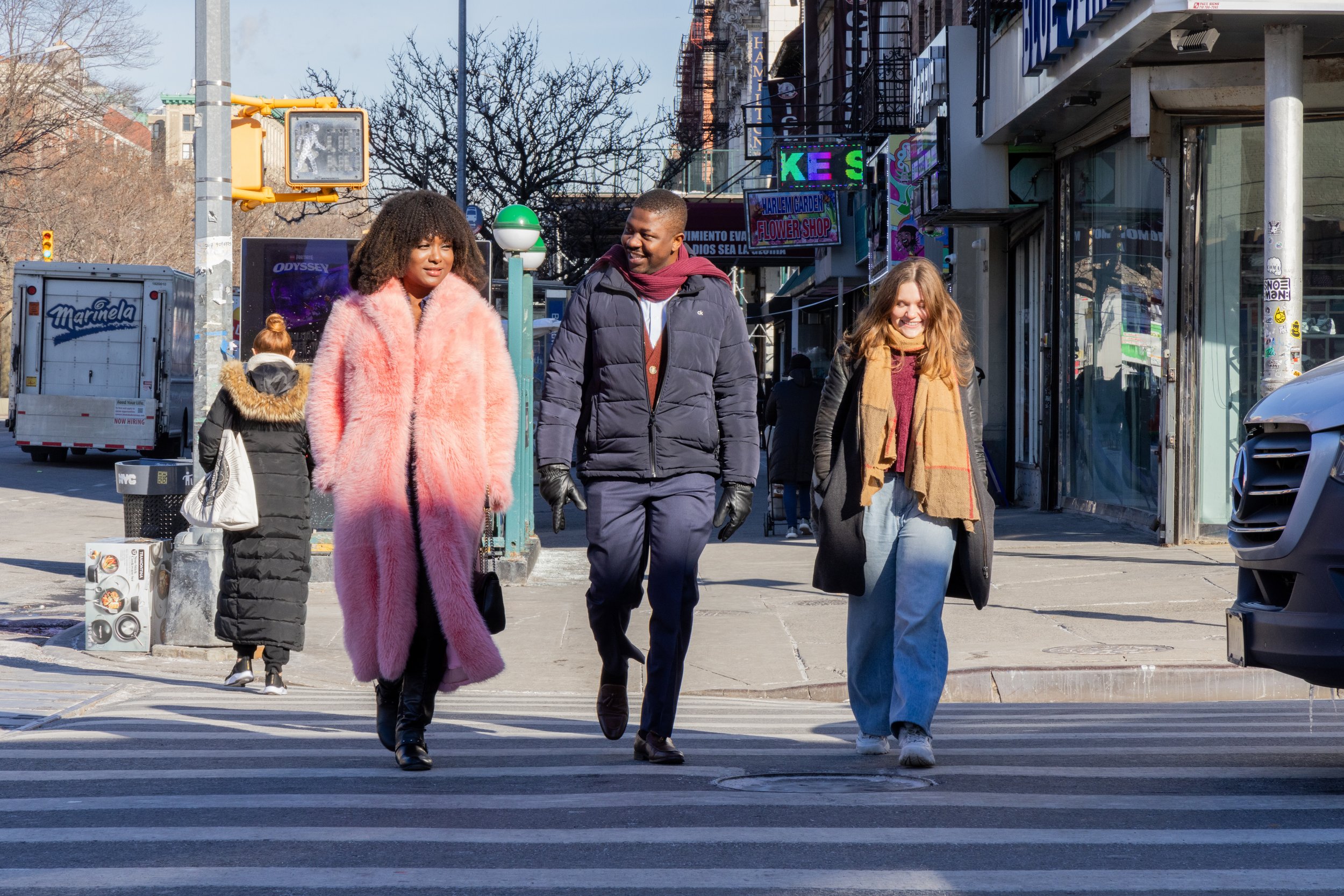Community Safety
We can have a city that is both compassionate and safe. Drawing from his personal and professional experiences, Edafe knows that addressing the root causes of crime—poverty, lack of access to healthcare, and social inequities—is essential to creating a safer community. But that doesn’t mean we can simply ignore the problem. We must take bold action to end street homelessness, help those in crisis, and invest in solutions that work—while allowing police to focus on violent crime.
-
New York City spends over $500,000 per year incarcerating someone at Riker’s Island–yet crime in the city remains stubborn. Half of New York City’s jail population suffers from mental illness, and many of the most severe crimes we have seen in recent years have come from those suffering from severe mental illness–and these people are the most likely to wind up back in jail.
Edafe will fight to expand programs like mental health courts, which connect participants with support from mental health providers, employers, and other resources before they are released. The mental health court program has been shown to reduce recidivism by nearly 50%.
Using Intensive Mobile Treatment units, the city can also address those living on the street by forming trusting relationships with them to get them the help that they need. But outreach teams supervised by the Adams administration have been riddled with a lack of accountability and oversight, leading to wasted money and low efficacy. Edafe will use his oversight powers and background in working with the homeless to increase accountability for outside organizations that the city contracts with, while increasing resources available to these teams.
-
130,000 people in New York City are homeless–including 45,000 children and 4,000 people sleeping on the street. The city’s sweeps of homeless encampments, while well-intentioned, will not address our long-term problems; 0.1% of people who were caught up in the city’s homeless sweeps have found stable housing.
We already know that supportive housing–which provides residents access to healthcare, social workers, and other services–is the most effective way to keep people off of the streets. A housing first pilot targeting homeless veterans in New York City has almost eliminated veteran homelessness. And it is more cost-effective: supportive housing costs half as much as a shelter; it is just 5% of the cost of incarcerating someone on Riker’s Island, and it is less than 2% of the cost of hospitalizing someone.
-
Edafe will help to create a co-responder model for the NYPD, where police officers collaborate with social workers or mental health clinicians to respond jointly to behavioral health crises and other complex situations. Through the co-responder model, New York can both reduce the use of jails while still addressing safety concerns. This approach has been shown to improve outcomes for individuals in crisis in places like Denver and Fairfax County while reducing the strain on law enforcement and healthcare systems.

